There are many moons in the Solar System while we generally think of the Earth’s Moon only. Here comes your surprise, even Earth doesn’t only have one more but two moons. One moon which is visible in the sky, and we see it every night and the second moon is a small asteroid names as “2016HO3”. The second moon was discovered through asteroid survey in Hawaii. There are moons in the solar system which orbit planets, dwarf planets, and other solar system objects. We will go through some most prominent moons in the solar system in this article, before that let’s look at what is a moon.
Moon is an object that orbits around Earth before anyone figured out similar objects revolving around other planets. Galileo is the first man who found or revealed to the world that similar shape of objects are revolving around other planets. There are other names for moon – Luna & Selene. Luna has been known as moon-goddess and later being used in Greek language.
As of May 2018, There are close to 350 moons in the Solar System. There are total 175 moons which orbit 8 planets in the solar system and there are 9 moons which orbit 5 dwarf planets and rest of them orbit other solar system bodies like asteroids etc.
List of all the moons in the solar system?
Mercury and Venus
Venus and Mercury are the only planets that do not have any moon. Mercury does not have any moon because Mercury is very close to the sun, so it wouldn’t be able to hold on to its own moon. Any moon with a large distance from Mercury would be in an unstable orbit and will eventually get pulled into the Sun. If the moon were too close to the planet, they would be destroyed by tidal gravitational forces and most likely crash into Mercury. Why Venus doesn’t have a moon is a mystery that is yet to be solved.
Earth
Earth has only one Moon. Read more about Earth’s interesting Moon facts here.
Mars
Mars has two moons named Phobos and Deimos which are irregular in shapes. Both were discovered in 1877.
Jupiter
Ever wondered how many moons planet Jupiter have? Planet Jupiter Jupiter has 69 moons out of which 53 moons have been officially named. Jupiter’s four main moons are Io, Europa, Ganymede, and Callisto. These moons are named the Galilean moons, after Galileo Galilei. Jupiter features some of the largest moons in the solar system.
Ganymede is the largest moon in the Solar System and the 9th largest object in the solar system. It is 8% larger than the planet Mercury. Ganymede is the only moon which is known to have the magnetic field.
Io moon is the most geologically active object in the Solar System. It features over 400 active volcanoes. Io has the lowest amount of water among all known astronomical objects in the Solar System.
The surface of Europa moon is the smoothest surface of any known solid object in the Solar System. Some scientists believe that water may exist below the surface of Europa.
Callisto has an approx similar diameter to the planet Mercury, but it has only one-third of Mercury’s mass. The surface of Callisto is the most heavily cratered surface in the Solar System. Its surface is mostly covered with impact craters.
Here are 14 interesting facts about our Solar system.
Saturn
Saturn has 62 moons out of which 53 moons have been officially named. Saturn’s largest moon is named Titan. it is the only moon known to have a dense atmosphere. Other than Earth, Titan is the only object in space where clear evidence of stable bodies of surface liquid has been found.
Uranus
Uranus has 27 moons. All of these have been named after characters from Shakespeare’s and Alexander Pope’s works. The ones that are well-known amongst these are Titania, Oberon, Miranda, Ariel, and Umbriel.
Neptune
Neptune’s largest moon is Triton which is similar in size to Earth’s moon. It was discovered in 1846. Triton is the seventh-largest moon in the Solar System. It is the only large moon in the Solar System which has a retrograde orbit, an orbit which is in the opposite direction to its planet’s rotation.
Pluto
The largest moon of the dwarf planet Pluto is named Charon. It was discovered in 1978 and has a diameter that is around half of Pluto’s diameter.
So, do you think we have managed to answer your question of ‘ How many moons does each planet have ?’. Also, do you know of any other interesting facts about the number of moons of each planet of the solar system? Do let us know in the comments below.

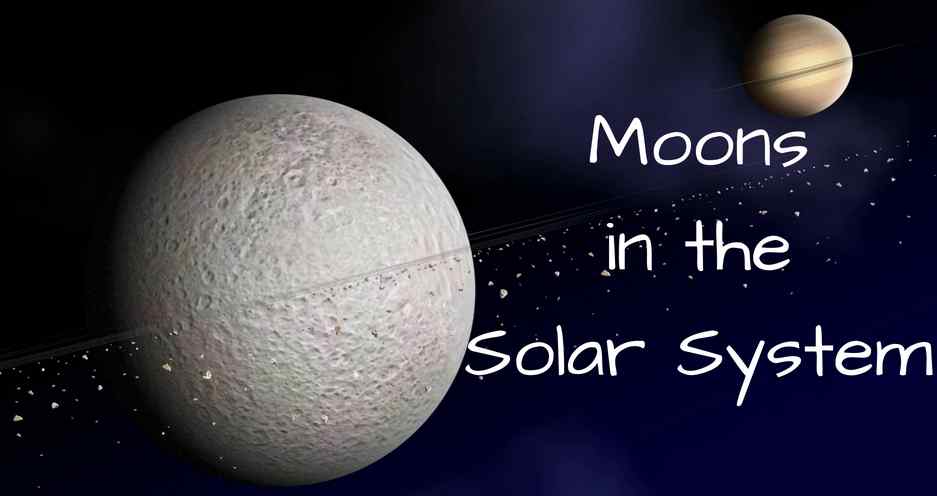
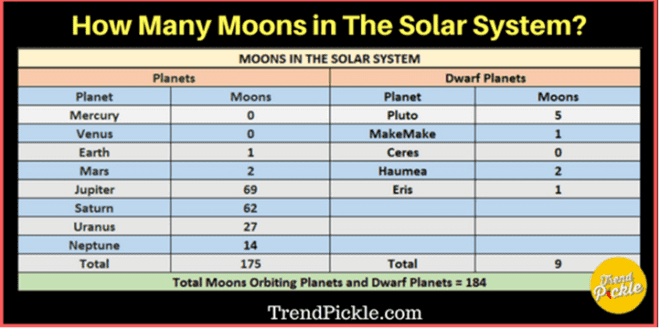
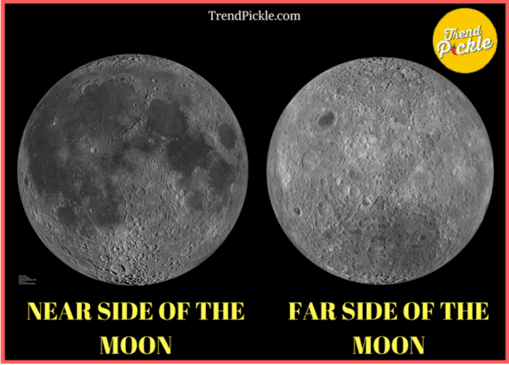
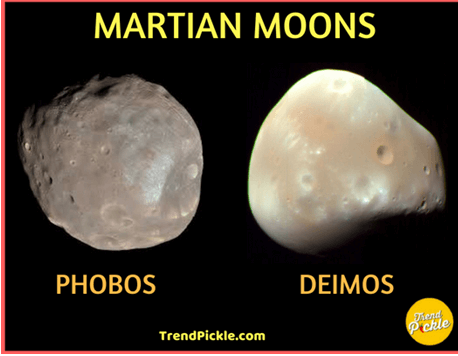
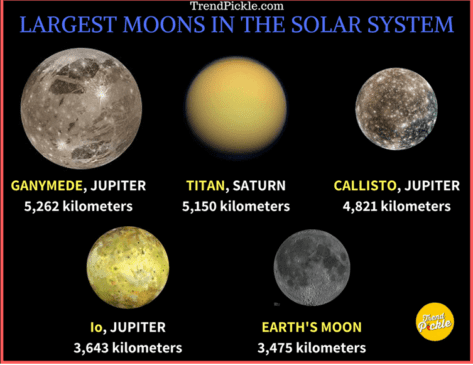


2 comments
You’re pretty informative. Is it ok to volunteer a question? It’s just that..I’d add extra reasons that fit this.|
Great article! Thanks for posting it.
Do you think it’s fair to say that Charon is a moon of Pluto? Could it be more accurate to say that Pluto-Charon is a binary dwarf planet system? Sure, Pluto is larger, but Charon doesn’t orbit Pluto. Rather, the two orbit a point in space between them (closer to larger Pluto, but still — a point in space between them).
Comments are closed.